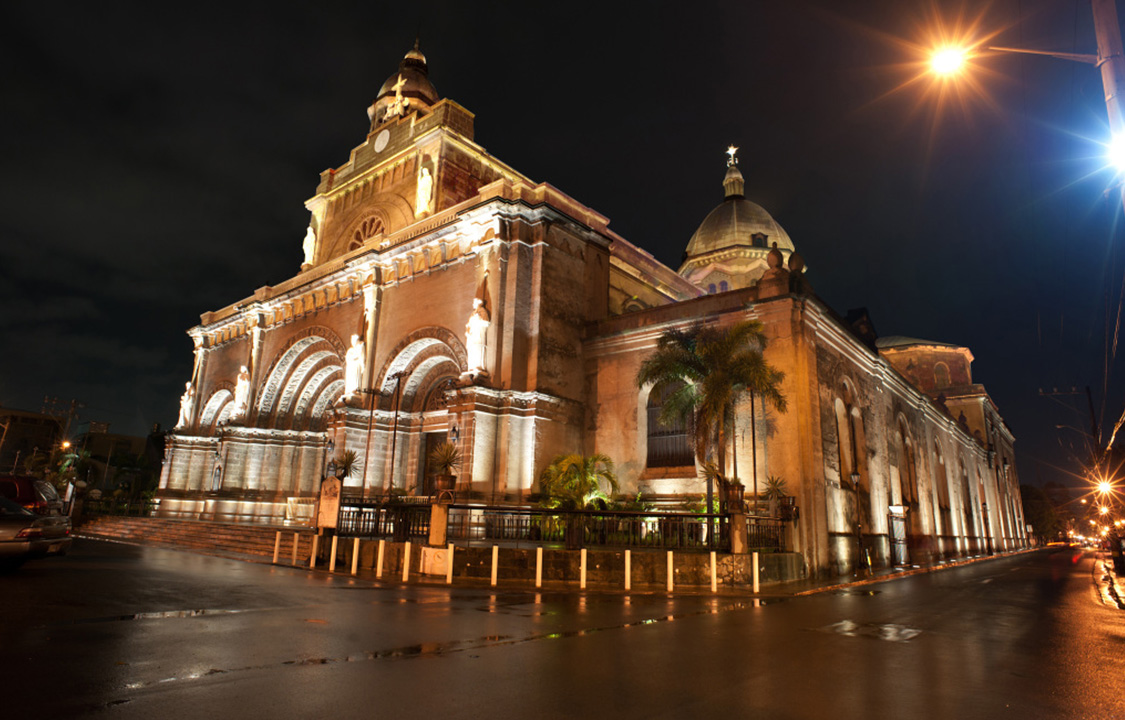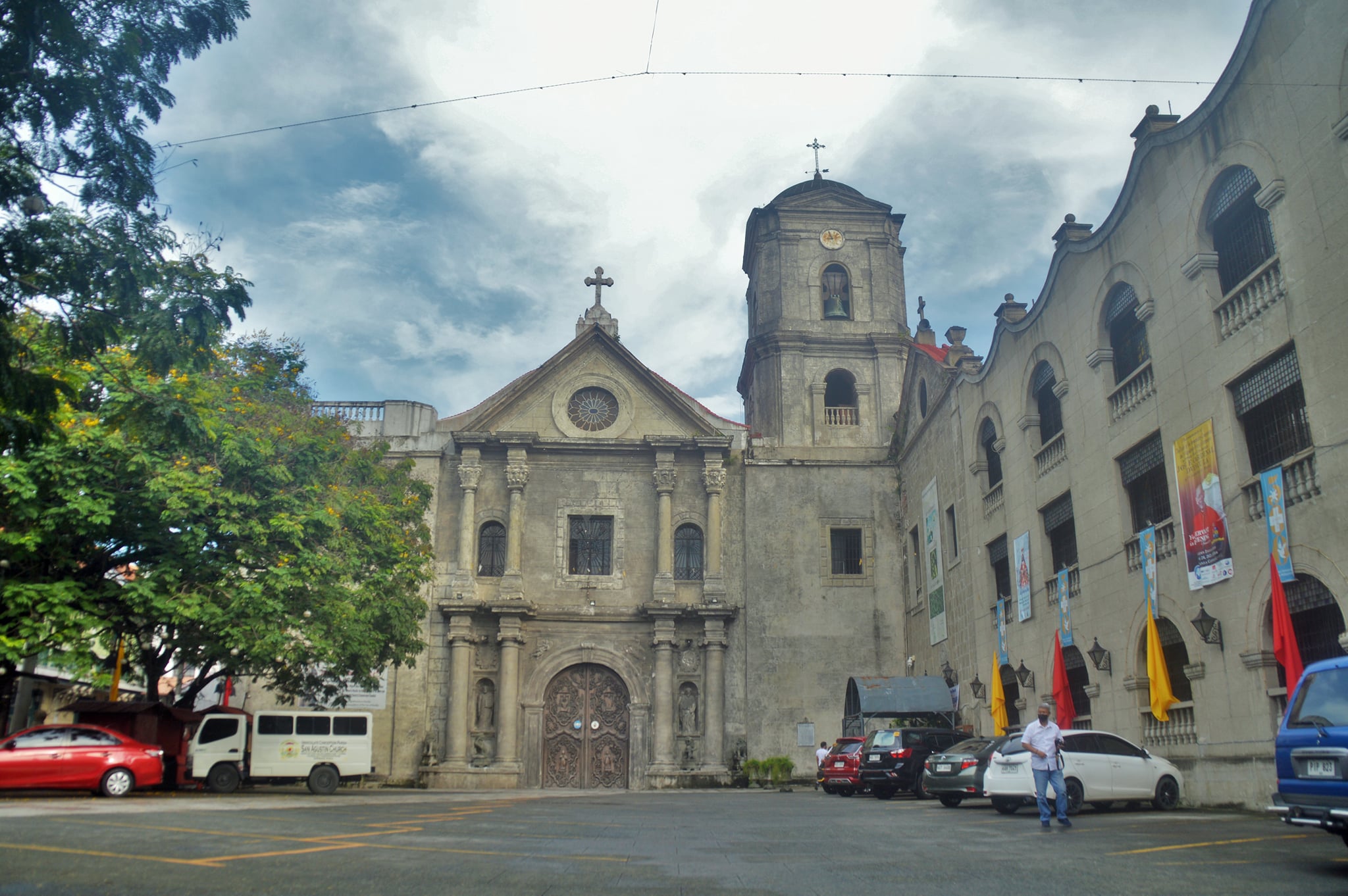This Holy Week, spend some meaningful time nourishing your mind, body, and soul, and relive history inside the historic Walled City of Intramuros in Manila.
The Intramuros Administration – the agency responsible for the restoration, administration, and conservation of Intramuros – is inviting the public to have a Visita Iglesia in its centuries-old churches and chapels that stand as a testament to Manila's rich cultural heritage.
For your first stop, we feature the iconic Manila Cathedral or the Minor Basilica of the Immaculate Conception.

The Manila Cathedral at night. (Photo courtesy of Manila Cathedral)
The Mother of all Churches, Cathedrals and Basilicas of the Philippines. The Manila Cathedral-Basilica is the Premier Church of the Philippines because of all the Churches in the archipelago, it was the one chosen to become the Cathedral in 1581 when the Philippines was separated from the Archdiocese of Mexico and became a new diocese with its episcopal seat in Manila.
As the Church of Manila, it was established by the secular priest Juan de Vivero in 1571 under the patronage of Mary, La Purissima e Inmaculada Concepcion. Fr. Vivero was given the special privilege and sole faculty by the Archbishop of Mexico to take care of the spiritual welfare of the new Philippine colony.
The Chapel-Shrine has a marble altar piece by the Italian Giuseppe Perischetti. It has a unique marble relief that depicts the souls in Purgatory assisted by holy angels, raising their prayer to Mary, as refugium peccatorum (refuge of sinners). Moreover, it shows the saints whom Liturgy invokes in the commendatio animae (commendation of the soul): St. Michael the Archangel, St. John the Evangelist and Sts. Peter and Paul.
Next stop is the San Agustin Church – a UNESCO World Heritage Site and presently the Parish Church of Intramuros.

Photo courtesy of San Agustin Church.
The Church of the Immaculate Conception of San Agustin, Archdiocesan Shrine of Our Lady of Consolation and Cincture—more commonly known as the San Agustin Church—in Intramuros, Manila City.
The outstanding universal value of the church as a cultural and artistic monument makes it not just a nationally recognized Cultural Treasure and Historical Landmark, but since 1993 the San Agustin Church has been inscribed in the UNESCO World Heritage List as one of the four Baroque Churches of the Philippines. This all-stone church complex, completed in 1607, is the oldest stone church in the country, being relatively unchanged since its construction. San Agustin is built out of locally quarried adobe stone and lime mortar, and is designed in the Neoclassical-Baroque style. The floor plan of the church is that of a Latin cross within a rectangular boundary, with three aisles. Its Neoclassical-Baroque aesthetic is emphasized by the Ionic and Corinthian columns adorning its façade, its rose window, triangular pediment, and symmetricity. Furthermore, the intricately carved bas-relief on the main wooden doorways is distinctly proto-Baroque.
The Church of the Immaculate Conception of San Agustin–Archdiocesan Shrine of Our Lady of Consolation and Cincture, assessed in its current condition, remains in a generally fair state of conservation. Critical areas regarding its maintenance due to its advanced age and modernized environment are known to the national cultural agencies, UNESCO, and key relevant authorities.
The preservation and conservation of this World Heritage Site is of rightfully paramount concern, to allow the future generations of Filipinos—and all the peoples of the world—to appreciate its enduring outstanding universal value.
